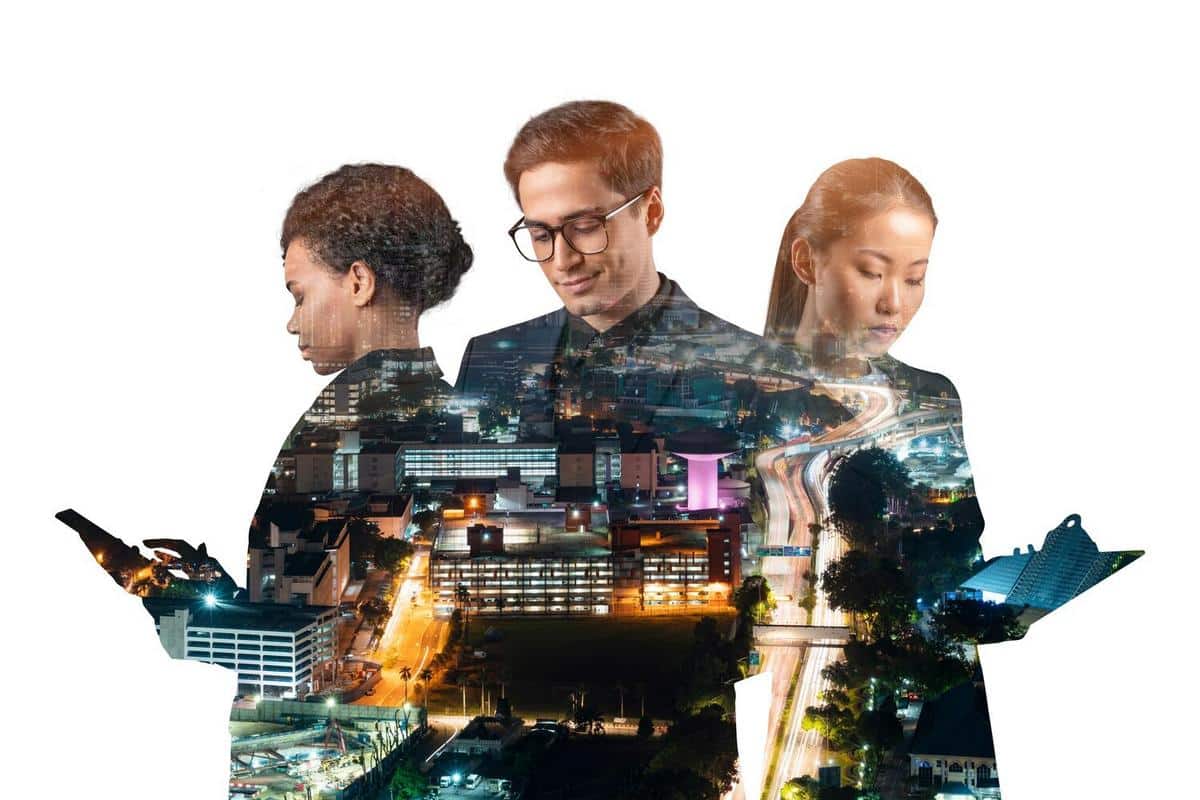
The Role of IoT in Urban Planning: Building Smart Cities
In an era where technology intertwines seamlessly with everyday life, the potential of the Internet of Things (IoT) in transforming urban landscapes is more promising than ever. The integration of IoT in urban planning is not just a futuristic concept but a present-day reality reshaping cities into smart ecosystems.
The Role of IoT in Urban Planning: Building Smart Cities
Urban planning has traditionally been a complex task, requiring meticulous coordination across various sectors. With the advent of IoT, cities have begun to adopt smarter solutions to enhance their infrastructure, improve efficiency, and create sustainable environments for their inhabitants.
Understanding IoT in Urban Context
IoT refers to a network of interconnected devices that collect and exchange data. In urban planning, IoT devices can monitor, manage, and optimize city services, from traffic management to waste disposal and energy usage.
Expert Insights
According to Dr. Michael Batty, a renowned urban planner, “IoT offers unprecedented opportunities to monitor urban environments in real-time, allowing for more responsive and dynamic city management.”
Statistics and Research
A report by the International Data Corporation (IDC) predicts that global IoT spending will surpass $1 trillion by 2022, with a significant portion allocated to smart city initiatives. This indicates the growing importance of IoT in urban development.
Real-World Examples
Consider the city of Barcelona, which has integrated IoT to manage street lighting, reducing energy consumption by 30%. Similarly, smart parking solutions in San Francisco help drivers find parking spaces more efficiently, cutting down on emissions from cars circling for parking.
Actionable Tips for Implementing IoT
- Start with pilot projects to test IoT solutions in a controlled environment.
- Engage stakeholders early in the process to ensure a smooth implementation.
- Prioritize data security and privacy to build trust among citizens.
Consider leveraging open data platforms to encourage innovation from local developers and tech companies.
Benefits of IoT in Urban Planning
| Aspect | Traditional Approach | IoT-Enhanced Approach |
|---|---|---|
| Traffic Management | Manual monitoring | Real-time data analysis |
| Energy Usage | Static grids | Smart grids with dynamic pricing |
| Waste Management | Scheduled collection | Sensor-based collection |
| Public Safety | Reactive response | Proactive monitoring |
| Water Management | Fixed schedules | Adaptive control based on demand |
| Environmental Monitoring | Periodic checks | Continuous monitoring |
| Public Transport | Fixed routes | Dynamic routing based on demand |
| Healthcare | Facility-based | Remote monitoring and alerts |
FAQs
What is IoT?
IoT, or the Internet of Things, refers to a network of physical devices connected to the internet, collecting and sharing data.
How does IoT benefit urban planning?
IoT enables smarter resource management, real-time data analysis, and improved efficiency in urban services.
Are there privacy concerns with IoT?
Yes, privacy is a significant consideration. It’s crucial to implement robust data protection measures.
Can IoT solutions be customized for different cities?
Absolutely, IoT solutions are highly adaptable and can be tailored to meet the specific needs of any city.
Conclusion
As cities evolve, the role of IoT in urban planning becomes increasingly vital. By embracing IoT technologies, urban planners can create smarter, more sustainable cities that meet the needs of their inhabitants. As we continue to explore the potential of IoT, the path to smarter urban living becomes clearer, offering a glimpse into a future where cities are not just places we live but thriving ecosystems that respond to our needs.